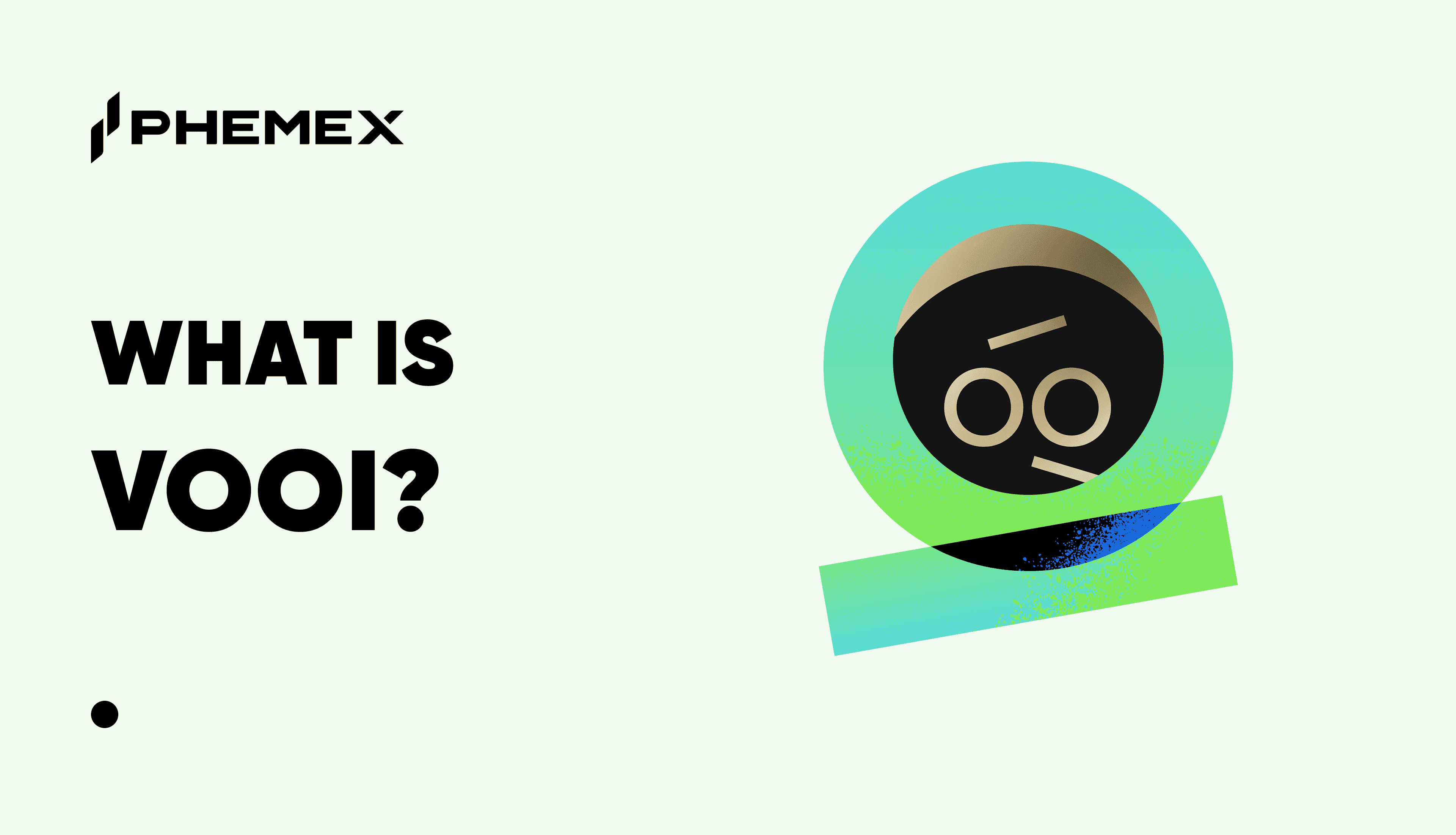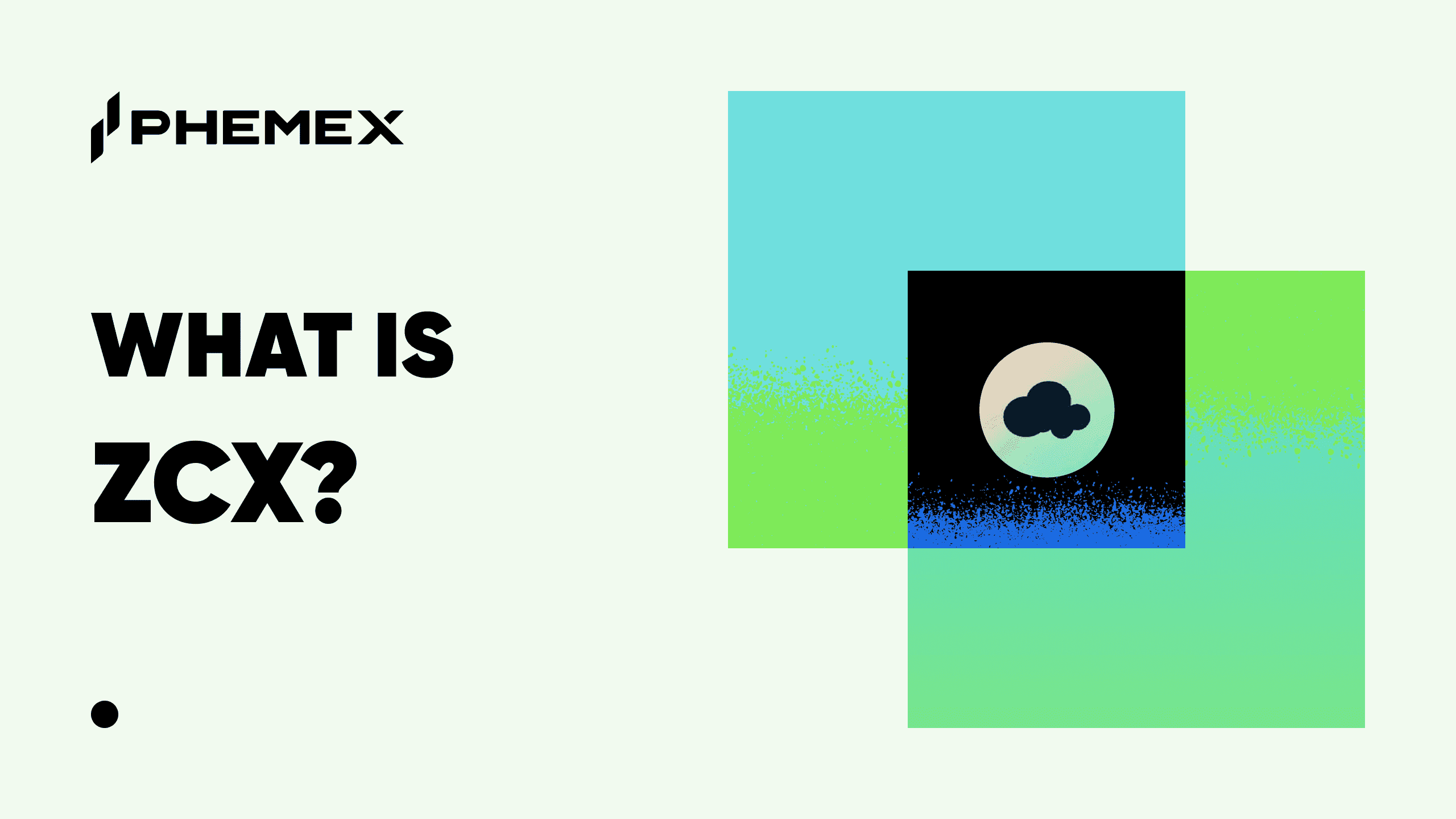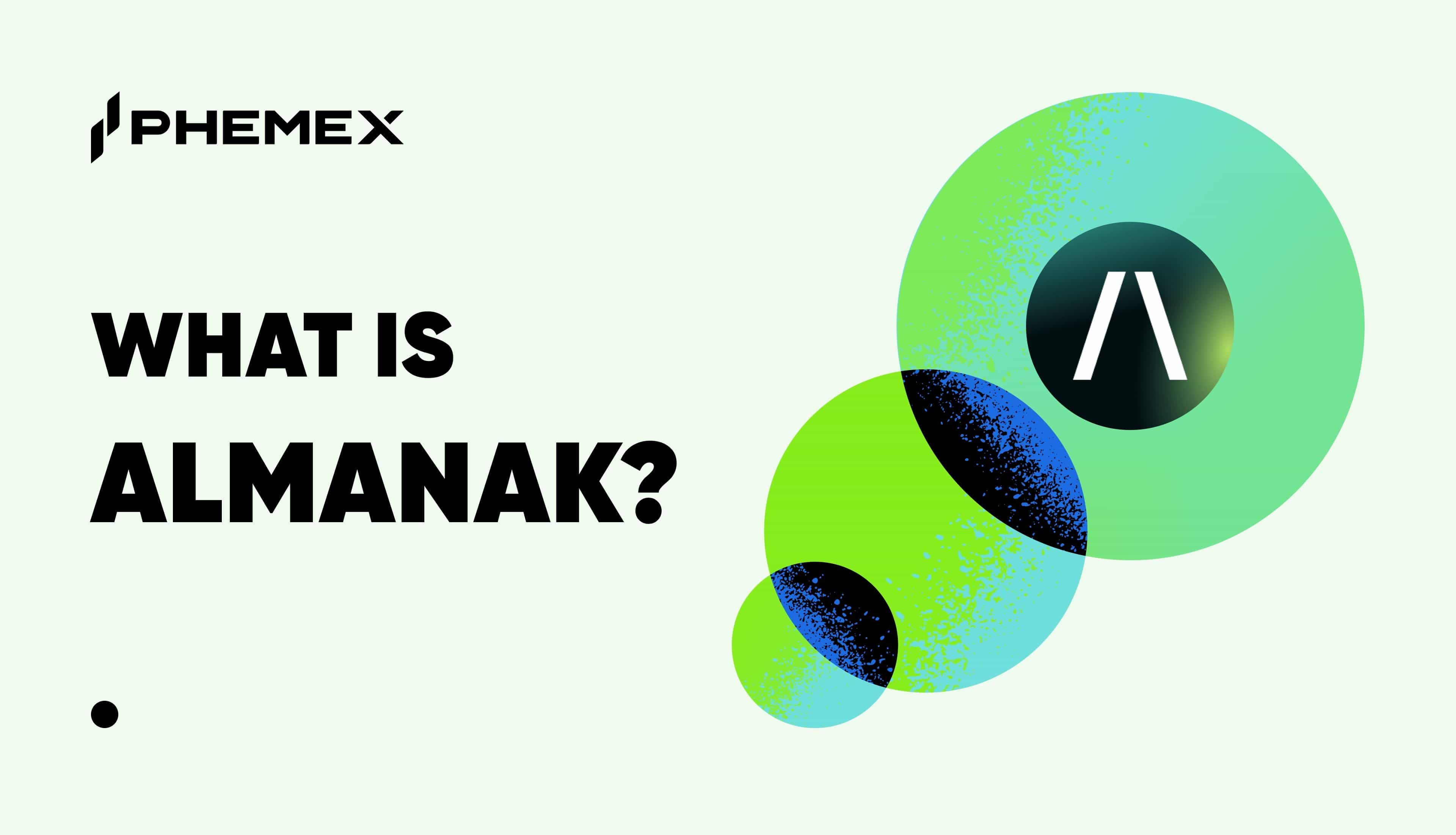Yam Finance is a DeFi protocol that launched its elastic supply token in the summer of 2020. Along with the YAM token, the protocol aimed to mash up several elements of other DeFi projects into a kind of experimental app. However, its journey has been anything but smooth. As a result, Yam Finance has become something of a cautionary tale for anyone thinking of dabbling in DeFi.
Due to several issues involving the underlying smart contracts, the YAM token is currently on its third iteration. So let’s take a look at the history of Yam over its short lifetime.

Yam Finance V1
Yam Finance launched on August 11, 2020, at a time when DeFi applications had recently started to gain runaway popularity. The core of its offering was the YAM token, which operated based on an elastic supply model, similar to Ampleforth.
For the benefit of the uninitiated, an elastic supply coin is comparable to a stablecoin in that it attempts to maintain a relatively stable price. However, the underlying mechanics are somewhat different. A stablecoin like Tether’s USDT or Circle’s USDC keeps its price pegged thanks to underlying reserves and through arbitrage trading.
In contrast, Yam Finance aimed to keep the YAM token price stable by changing the supply of tokens. If the token’s value goes up against its peg, the project will increase supply and vice versa. The overall idea is to use the market forces of supply and demand to keep prices constant.
At launch, Yam Finance took cues from a couple of other successful DeFi projects. It used a “fair launch” of its YAM token, following the lead of Yearn Finance, which had distributed its YFI token to users who provided liquidity that helped the project. Yam’s governance model was also forked from Compound’s, which provides COMP token holders with governance rights to vote on proposals that affect the project.
A Fatal Flaw?
So far, so good. When Yam launched, DeFi users leaped on the protocol causing the market value to soar up to $57 million within 48 hours. However, it was short-lived. It turned out that the rebasing contract – the Ethereum smart contract that managed the YAM token supply – had made a fatal error.
Whoever had coded the protocol had failed to include a single line that would have prevented the contract from issuing exponentially more tokens each time a rebasing occurred. The flaw resulted in the first rebase generating a vast number of new YAM that were directed to the project’s treasury, effectively breaking the governance model.
Perhaps the issue could have been fixed before launch had Yam’s developers taken the time to have a code audit done. It didn’t, and the value invested in the project quickly plummeted. It should have been an abject lesson for DeFi investors. Instead, the Yam debacle spawned the term “degen DeFi” to describe projects and users who are willing to take risks on unaudited code.
Yam V2 – Governance Trumps Elasticity
To give fair credit to the Yam team, they acted fairly quickly to try and save the project after what could have been a death knell. Working with the Yam community, they migrated to a new, audited version of the protocol on August 19. However, the second version of the YAM token was simply a governance token with the rebasing feature disabled.
From mid-August to mid-September, the Yam community participated in a series of votes that would determine the Yam protocol’s future direction.
Yam V3 – The Return and Departure of Elastic Supply
Yam is now on its third version, which launched with full audit credentials on September 18, 2020. This version reintroduced the rebasing mechanism and some changes to how YAM is farmed through liquidity pools. However, by November, the project had decided to pivot away from the elastic supply model.
Now, Yam Finance dubs itself as a “launchpad for DeFi projects supported by a community-governed treasury.”The rebasing mechanism was disabled at the end of December 2020. The project maintains its status as a community-governed DAO and is now working with several other DeFi projects as part of its commitment to being a launchpad.
Yam Community-Sponsored Projects
Yam certainly hasn’t shied away from its reputation as a degen DeFi project, as the flagship application that the Yam DAO is currently sponsoring is called Degenerative Finance. Despite the tongue-in-cheek name, the project is inherently more straightforward than an elastic supply coin.
What is Degenerative Finance?
Degenerative Finance issues a token called uGas, a synthetic futures contract that settles to the median Ethereum gas price’s value over the last 30 days at the end of each month. It’s developed on the DeFi platform UMA, allowing users to deposit ETH as collateral into a smart contract that mints uGAS tokens. They can then hold them to expiry or trade them on a DEX.
Perhaps ironically, given its history, Yam is also sponsoring a smart contract insurance platform called Umbrella. Like Nexus Mutual, the fund uses the principles of a mutual insurance fund where the premiums are pooled to cover payouts if a smart contract bug results in a user losing funds.
In the case of Umbrella, “Protection Providers” earn a share of fees from the premiums in exchange for staking funds that will be used for coverage. Funds are pooled into two “meta pools,” which are made up of individual protocol pools covering particular DeFi applications, such as Compound, Aave, or Curve.
Wrapping It Up
Despite the good-natured humor that Yam cultivates around its “degen” status, there are some hard lessons in its story. DeFi is a nascent sector, so traders can always expect higher risks than in the already-volatile cryptocurrency markets. However, it shouldn’t need saying that unaudited DeFi protocols come with an unquantifiable degree of risk.
Unless you can read smart contract programming to the same level as a security auditor, it’s generally better to wait until a project has been audited. That way, you have some basis for estimating the risks involved and can leave degen DeFi to the degens.
Read More
- https://phemex.com/academy/defi
- What Is DeFi: How To Be Your Own Bank With $100
- What Is DeFi Llama: A DeFi Analytics Dashboard for Professional DeFi Traders
- What Are Decentralized Applications (dapps)?
- Everything You Need to Learn About Yearn.Finance (YFI)
- What is Defi 2.0 Protocol & How does it Work?
- What Does the DeFi Hype Mean for ETH?
- What is Yield Farming & How does it Work?








